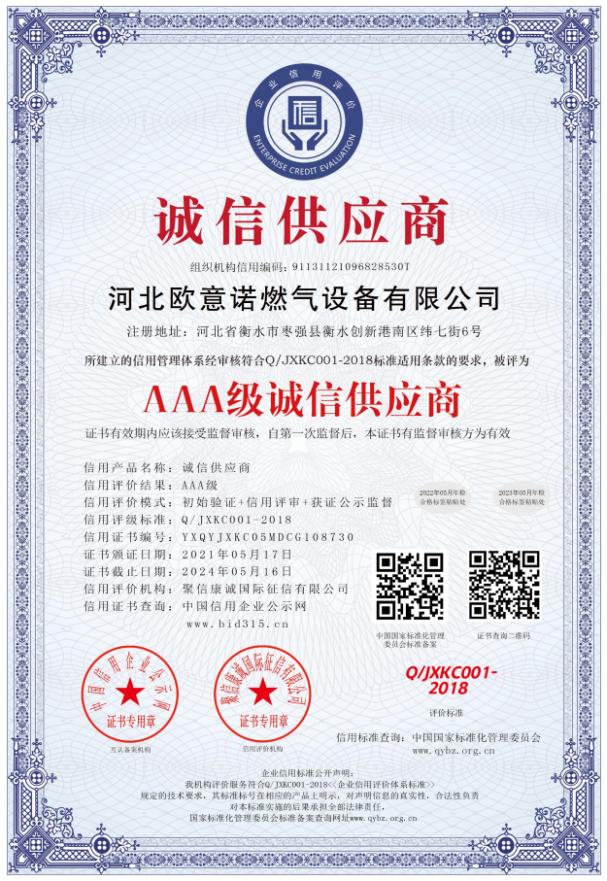
Nov . 08, 2024 05:01
Back to list
Measurement of Gas Emissions in Environmental Studies
Measuring Gases An Essential Scientific Endeavor
The measurement of gases is a fundamental aspect of various scientific disciplines, including chemistry, environmental science, and engineering. With the increasing focus on climate change, pollution control, and energy efficiency, accurate gas measurement techniques have never been more essential. This article explores the significance, methodologies, and applications of gas measurement in contemporary science.
The Importance of Gas Measurement
Measuring gases accurately is critical for several reasons. First and foremost, it plays a vital role in understanding chemical reactions. Gases react under specific conditions, and their measurements can provide insights into reaction rates and mechanisms. For example, in the study of combustion, measuring the concentrations of reactants and products allows scientists to evaluate the efficiency of the process and its environmental impact.
Furthermore, gas measurement is crucial in environmental monitoring. Pollutants, such as carbon monoxide, sulfur dioxide, and nitrogen oxides, need to be monitored for public health and regulatory compliance. The accurate measurement of these gases helps in assessing air quality and implementing strategies to combat air pollution and its associated health risks.
Moreover, the energy sector relies heavily on gas measurement for efficiency and safety. Natural gas, which is primarily methane, needs to be measured accurately for commercial transactions, safety assessments, and emission inventories. The understanding of gas flows in pipelines and other infrastructures is essential for maximizing efficiency and preventing accidents.
Methods of Measuring Gases
.
1. Spectroscopy One of the most common methods for measuring gas concentrations is spectroscopy. Techniques such as infrared (IR) spectroscopy and ultraviolet-visible (UV-Vis) spectroscopy allow scientists to identify and quantify gases based on how they absorb light. For example, IR spectroscopy is particularly effective for measuring greenhouse gases like carbon dioxide and methane due to their distinct absorption patterns.
قياس الغاز

2. Gas Chromatography This technique separates different gas components in a mixture, allowing for precise quantitative analysis. Gas chromatography is widely used in laboratories for environmental monitoring, food safety testing, and industrial applications.
3. Mass Spectrometry This advanced technique is particularly useful for detecting trace gases. By ionizing gas molecules and measuring their mass-to-charge ratio, mass spectrometry can identify and quantify even the smallest concentrations of gases, making it indispensable in forensic science and research.
4. Electrochemical Sensors These sensors are commonly used for real-time monitoring of air quality. They work based on the principle of electrochemical reactions and can provide immediate feedback on the presence of specific gases, such as carbon monoxide or ozone.
Applications in the Real World
The applications of gas measurement extend far beyond laboratory settings. In the environmental sector, agencies utilize gas measurements to create air quality indices, which inform the public about pollution levels and health advisories. Furthermore, industries like automotive manufacturing employ gas measurement technologies to ensure compliance with environmental regulations and to improve fuel efficiency.
In the realm of public health, gas measurement is crucial in studying the impact of indoor air quality on human health. Investigating the levels of volatile organic compounds (VOCs) and other pollutants in buildings can help in crafting better ventilation strategies and minimizing health risks.
Moreover, as global temperatures continue to rise, the measurement of greenhouse gases is essential for climate change research. Accurately tracking emissions and understanding their sources allows for the formulation of policies aimed at mitigation and adaptation.
Conclusion
In conclusion, the measurement of gases is an indispensable part of scientific inquiry that impacts a myriad of fields. From environmental monitoring and public health to industrial applications and climate science, accurate and reliable gas measurement techniques are essential for addressing some of the most pressing challenges of our time. As technology advances, the methods for measuring gases will continue to evolve, paving the way for more precise, efficient, and widespread applications in our quest for a healthier planet.
Latest news
-
Safety Valve Spring-Loaded Design Overpressure ProtectionNewsJul.25,2025
-
Precision Voltage Regulator AC5 Accuracy Grade PerformanceNewsJul.25,2025
-
Natural Gas Pressure Regulating Skid Industrial Pipeline ApplicationsNewsJul.25,2025
-
Natural Gas Filter Stainless Steel Mesh Element DesignNewsJul.25,2025
-
Gas Pressure Regulator Valve Direct-Acting Spring-Loaded DesignNewsJul.25,2025
-
Decompression Equipment Multi-Stage Heat Exchange System DesignNewsJul.25,2025

